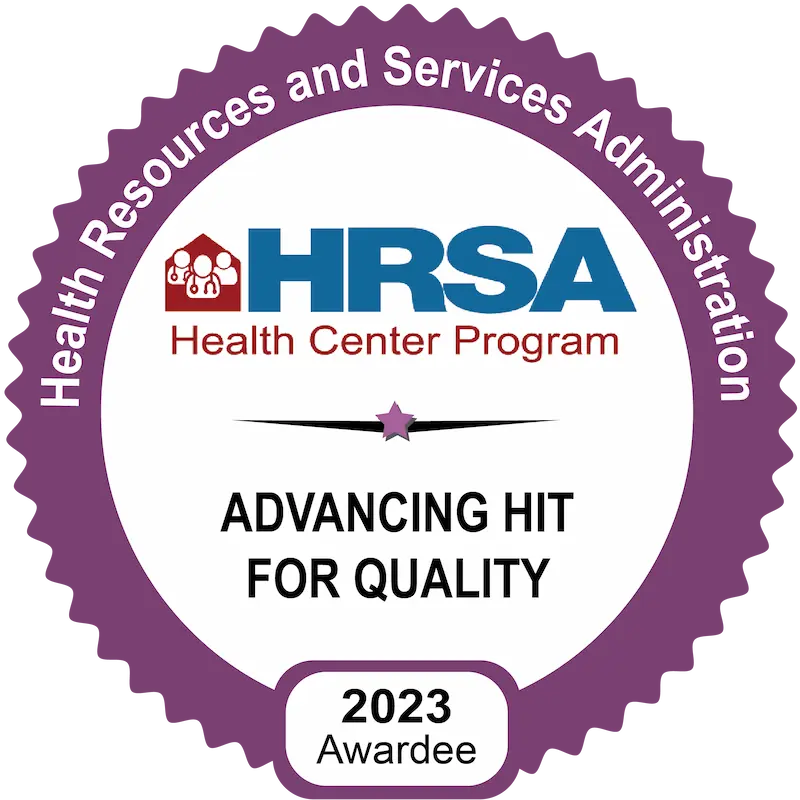How to Identify a Panic Attack
Panic attacks can be scary and overwhelming, but understanding the signs and symptoms can help you manage them effectively. Here are some key things to look for:

Physical symptoms of a panic attack:
- Sudden onset of intense fear or discomfort
- Rapid heart rate and palpitations
- Difficulty breathing or shortness of breath
- Chest pain or tightness
- Feeling dizzy or lightheaded
- Trembling or shaking
- Chills or hot flashes
- Nausea or stomach upset
- Feeling detached from yourself or your surroundings

Mental symptoms of a panic attack:
It’s important to note that not everyone experiences all of these symptoms, and the severity can vary. If you’re experiencing several of these symptoms suddenly and intensely, it’s a good idea to seek help from a healthcare professional or mental health specialist.
5 Tips for Managing a Panic Attack Remember, you’re not alone. Panic attacks are common, and there are effective treatments available. With the right help, you can learn to manage them and live a fulfilling life. Panic attacks can feel really scary, but there are ways to calm down and take back control! Here are 5 tips to remember:
- Fear of losing control or going crazy
- Fear of dying
- Feeling unreal or disconnected from your body
- Intense need to escape the situation
It’s important to note that not everyone experiences all of these symptoms, and the severity can vary. If you’re experiencing several of these symptoms suddenly and intensely, it’s a good idea to seek help from a healthcare professional or mental health specialist.
5 Tips for Managing a Panic Attack Remember, you’re not alone. Panic attacks are common, and there are effective treatments available. With the right help, you can learn to manage them and live a fulfilling life. Panic attacks can feel really scary, but there are ways to calm down and take back control! Here are 5 tips to remember:

Stop! Breathe deeply. It’s like hitting the pause button. Take slow, steady breaths in through your nose and out through your mouth. Count to five on each inhale and exhale. Imagine you’re smelling delicious pizza and then blowing out birthday candles. Keep doing this until your breaths feel calmer.

Ground yourself. Pretend you’re planted like a tree! Sit or stand tall, press your feet flat on the ground, and wiggle your toes. Feel your fingers touch each other. Look around and name five things you can see, four things you can touch, three things you can hear, two things you can smell, and one thing you can taste. This reminds your brain that you’re safe in the present moment.

Talk to yourself like a friend. Panic attacks can make you say mean things to yourself, but it’s time to be your own cheerleader! Instead of saying “I’m freaking out,”tell yourself “I’m feeling scared, but I’m strong and I can handle this. “Remind yourself of all the times you’ve overcome challenges before.

Use your senses to distract yourself. Panic attacks love to take over your thoughts, so give them something else to play with! Sing your favorite song, hum a catchy tune, or chew on a piece of gum. Splash some cold water on your face or squeeze a stress ball. Focus on the feeling of these things instead of your worries.

Remember, you’re not alone. Panic attacks are like uninvited guests, but they don’t have to stay forever. Talk to a trusted person you feel safe with, like a good friend, parent, spouse, or counselor. They can help you understand your feelings and develop coping mechanisms. You’ve got this!

Remember, these are just tools, and what works for one person might not work for another. Experiment and find what helps you feel calm and in control. And most importantly, be kind to yourself. Taking care of your mental health is just as important as taking care of your physical health.




